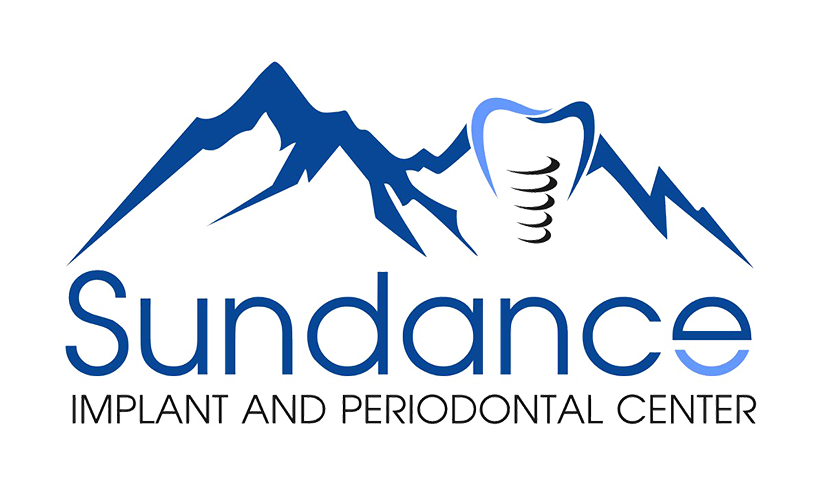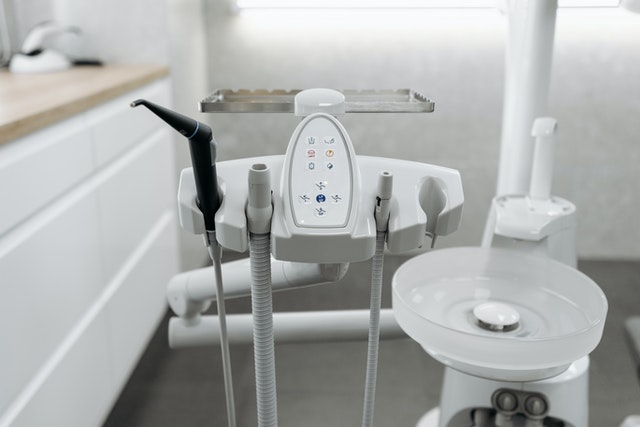Gum recession is a condition where the gums pull away from the teeth or become worn to expose more of the teeth or roots.
There are a number of signs that can indicate the gum line is receding from its natural position. Firstly, a visual inspection may reveal that the teeth look longer than normal. There might also be increased tooth sensitivity when food or liquids (especially cold) are being consumed. Bleeding or pain when brushing and flossing, swollen gums, and bad breath also indicate that something is wrong.
What causes gum recession?
Several factors can increase your risk of gum recession, including the following.
Periodontal disease
In most cases, gum recession is linked to poor oral hygiene practices. Improper oral care can lead to a buildup of disease-causing bacteria resulting in inflammation of the gum tissues. This inflammation leads to periodontal or gum disease.
Periodontal disease, if left untreated, can weaken the gums encasing the teeth, causing pockets to form at the gum line, thus exposing the roots of the teeth. Gum disease is the main cause of gum recession.
Smoking
Smoking is another leading cause of receding gums. Inhaling tobacco products can cause tartar buildup over time. Tartar can block the gum line, leading to periodontitis and other issues.
Aggressive brushing
In a bid to maintain good oral hygiene, some people mistakenly believe vigorous brushing is best. However, this habit can cause the gums to pull away from the teeth.
Hormonal changes in women
Pregnant women or women going through menopause sometimes find their gums become sensitive during these periods. In addition to gum sensitivity, hormonal changes can cause the gum line to recede.
Family history
Some people have thin gums because of genetics. These individuals have a higher risk of periodontal disease and gum recession.
What are the treatment options for gum recession?
If you have noticed signs of gum recession, you should schedule an appointment with your dentist right away to repair your gums and prevent further damage. Below are some treatment options for gum recession.
Tooth scaling and root planing
Dentists may recommend a deep cleaning for mild cases. During this deep cleaning, which is also referred to as tooth scaling and root planing, the dentist cleans under the affected gum tissue removing plaque and tartar buildup. Tooth scaling and root planing remove harmful bacteria as well. After cleaning, the gum line is smoothed out to eliminate the pockets or gaps that had developed.
Following tooth scaling and root planing, dentists often recommend antibiotics to eliminate any bacteria that may have been left behind.
Gum grafting
For more severe cases of gum recession, such as when the bone and underlying tissues are exposed, gum grafting may be required. Gum grafting is a form of oral surgery that repairs the affected area using gum tissue taken from another section of the mouth, usually the roof.
Regeneration
The bone supporting the teeth can be damaged as a result of exposure caused by receding gums. In such a case, the dentist might recommend a regenerative procedure using membrane, tissue-stimulating protein, and tissue grafts.
Gum recession treatment in Provo
If you need treatment for gum recession in Provo, visit us at Sundance Implant and Periodontal Center. At Sundance Implant and Periodontal Center, we use cutting-edge technology to provide optimal results, and we are proud to offer an unmatched patient experience.
Give us a call today to schedule an appointment or to learn more about our services.


